Imagine a room bustling with energy before sunrise. Hair dryers roar, makeup brushes dart across faces, and racks of clothes line the walls like a rainbow exploded. That’s what greets you at a real model photoshoot long before the final glamorous images hit your feed. If you think it’s just a few snaps and smiling for the camera, you’re in for a surprise—there’s a wild, orchestrated chaos few outsiders ever see. I’ve even heard people compare the mood to prepping for battle, except with way more coffee and lip gloss. Ever wondered how a single stunning photo comes together? That’s what you’re about to find out.
The Early Start: Transforming Chaos into Magic
The alarm clock doesn’t care if you’re a night owl—most model shoots start at the crack of dawn. Why? Natural light is king for photos, so everyone wants to catch those crisp morning rays. If you want a golden hour shot, you better be ready before the sun even thinks about rising. A report by Broncolor Lighting found that 65% of top commercial shoots begin by 7 a.m. That means models, stylists, photographers, and crew all tumble in while most people are still snoozing.
As soon as you step onto set, you’re swept into the energy. Makeup artists line up foundation bottles, hairstylists warm their tools, and hair gets pulled, curled, braided—all at lightning speed. Models do their best statue impression so the team can create the intended look. Some veteran stylists say it takes 30-45 minutes to nail a full high-fashion face, but that can double if you’re switching looks throughout the day.
Don’t forget about wardrobe: dozens of carefully chosen outfits wait on racks. Stylists steam, iron, pin, and fuss over every detail, from hemlines to dangling threads. Numbers scrawled on tags track which look is coming up and which accessories go with which dress. One assistant told me she’s learned to sew a button with one hand while calling a jewelry supplier with the other—true multitasking.
Something you won’t see in the finished photos? The breakfast table stacked with protein bars, bananas, and half-cold coffee. Smart models gobble up something quick—they never know when they’ll get another chance to eat. The mood before a shoot can range from sleepy yawns to nervous jitters. Pros say it helps to arrive early and take five minutes to zone out or listen to some music. That headspace matters when you’re expected to snap into “camera-ready” mode on command.
And then, the organizing begins. The creative director gives a pep talk, the schedule is reviewed (laid out in a giant spreadsheet or scrawled on a whiteboard), and someone usually reminds the crew about deadlines. Shoots run on tight timelines, so if you’re late, you throw everyone off. The real trick? Staying cool when things don’t go as planned—which in this business, happens more often than not.
Glam Meets Grit: On Set and Under Pressure
Step onto the shooting floor and it’s like a movie set. Big black reflectors, tangled wires, digital screens flickering with test shots, and bright lights aiming at the backdrop. Photographers adjust tripods while assistants kneel to tape down pesky extension cords. There’s usually a constant buzz of directions: "Turn your chin a bit left!" "Can we adjust that shadow?" or my favorite, "Try not to blink."
Models don’t just stand there, looking fabulous. Every pose is work—arched backs, long necks, pointed toes, and every muscle tense, even when the face looks relaxed. After a few years, most models can hit poses fast, flipping from fierce to playful with just a change in the eyes. It’s a skill, honestly, and it needs constant practice.
Fashion photographers are part artists, part ringmasters. They’ll crouch, climb ladders, lie on the floor—in jeans or even a suit—to chase that perfect angle. Sometimes, you’re outside braving wind, rain, or even snow. Models get goosebumps from the chill, but somehow, the photos always look like summer. (Fun tip: Baby oil and water spray bottles can fake ‘just out of the pool’ skin if you’re shooting swimwear in mid-October.)
Staying comfortable is a myth. Shoes don’t always fit, and dresses can be zipped, pinned, or clamped at the back—even if they crush your ribs. Sometimes a stylist will sew you directly into an outfit to get the fit just right. I once watched a model shuffle across set in barely-there heels, whispering “don’t fall, don’t fall” under her breath. Yet somehow, when the shutter clicked, she looked like she owned the world.
One fact most people don’t realize: teamwork drives every shoot. When problems pop up—and they always do—the entire crew jumps in. A snapped necklace? Out comes the superglue. Foundation mismatch? The makeup artist is mixing custom shades before you can blink. Every minor disaster turns into a shared laugh or a story for next time.
By midday, energy starts to wane. Models rotate through looks, staff chug water or energy drinks, and someone always tries to sneak in a nap. Veteran models have tricks to stay fresh—hydrating, light stretching, and keeping a positive playlist on loop. The photographer’s enthusiasm helps, but it takes stubborn focus to push through hours of standing, posing, and smiling like your feet don’t hurt.
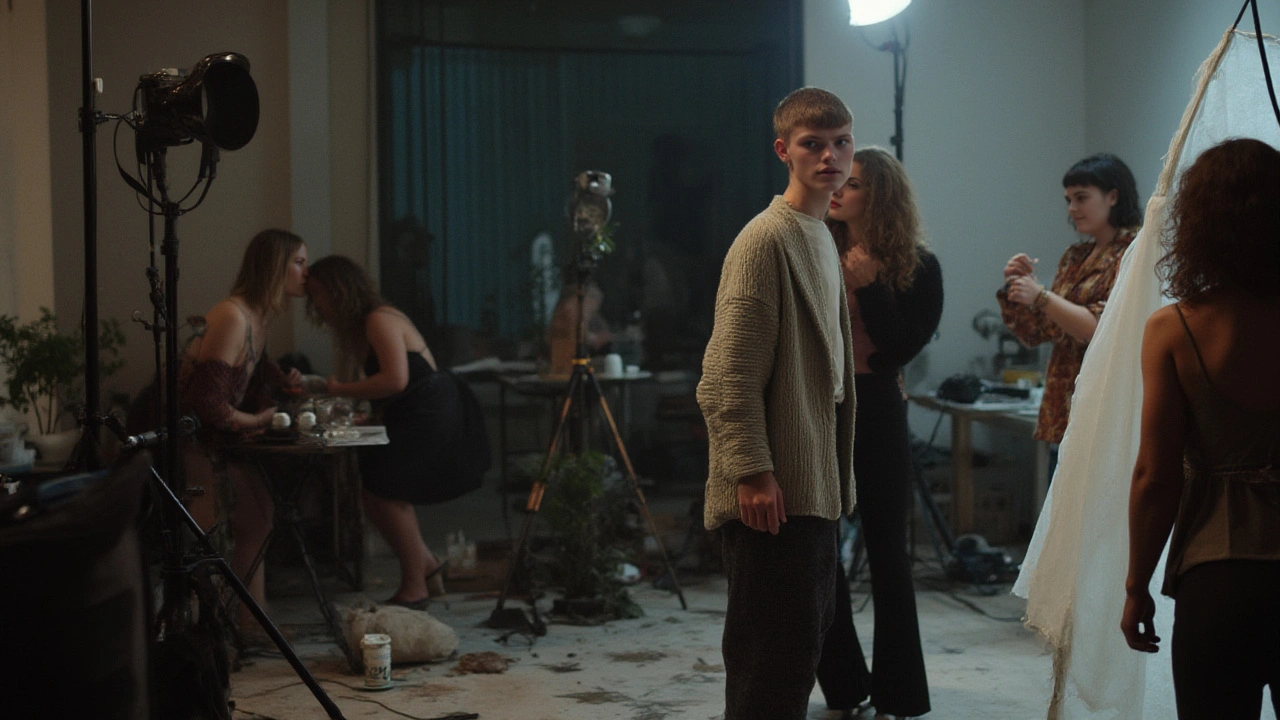
Perfecting the Details: Little Touches That Make the Shot
Once the lighting is just right and everyone is in place, the magic is in the details. It’s not only about clothes and makeup. Attention zooms in on things most people would never notice: a stray lock of hair, shine on a forehead, lint on a sweater. A single eyelash out of place? Someone’s on it, tweezers in hand. In big-budget shoots, you’ll even find a “detail person”—their full-time job is to polish, fluff, and spot-check everything.
Want to know what separates amateurs from the pros? It’s not always the looks; it’s knowing how to move for the camera. Top models master micro-expressions—minute changes in a smile or brow that transform the image. A 2019 analysis by Fashion Forensics found that shots with dynamic, subtle facial movement got 42% more client picks than deadpan looks. Learn to work one shoulder forward, twist the torso slightly, and let the eyes tell the story. It takes way more muscle-power than it looks.
The photographer isn’t just clicking away. They’re checking images live, tweaking angles and light settings, coaching the model the whole time. Everything’s collaborative. If the client or art director is on site, you’ll get instant feedback—and sometimes, instant changes. If a model was supposed to look happy but the mood looks off, expect a wardrobe swap or a full reset on hair and makeup.
Nerves get tested when things run behind. If you’re booked for multiple looks, you’ll be asked to switch clothes, hair, and mood in minutes. The stylist might be yanking off earrings while the hair person teases out leftover curls from the last style, and the makeup artist wipes off and reapplies foundation—all while you scarf down a grape and gulp water. Multi-tasking at its finest.
Props can get weird, too. I’ve seen models draped in live snakes, perched on fake icebergs, or holding random household tools for themed shoots. You need to sell it—even if you’re cold, tired, or standing next to a taxidermy ferret (yes, it happens). The right attitude matters as much as great lighting.
Trust me, the best photos almost never come from the first few clicks. Usually, it takes dozens—or hundreds—of tries. One survey by ModelManagement.com found that commercial shoots average 250-400 exposures per look. That’s a lot of posing, adjusting, and pepping yourself up until the photographer yells, "That’s it!"
The Not-So-Glamorous Side: Setbacks and Life Hacks
Not every model shoot is full of five-star catering and designer duds. In real life, there are cramped studio corners, makeshift changing areas, and the dreaded ‘waiting game’ while a seamstress fixes something that tore at the worst moment. Want realistic? Sometimes there are power failures or a sudden thunderstorm ruins an outdoor setup. The crew rallies, patches things up, and hopes the next shot works.
One often-ignored fact: rejection is part of the deal. Sometimes, you pour hours of effort in and none of your shots get picked. Or you’re the “backup model” in case the lead can’t make it. Thick skin helps. The industry wants resilience—and a good sense of humor.
Getting hired for more gigs often comes down to reliability and attitude. There’s a secret to becoming a crew favorite: be pleasant, be prepared, and never, ever complain on set. People remember the model who smiled through a ten-hour shoot in summer heat, or who offered to hold an umbrella over someone’s camera.
If you want to survive—and thrive—start with these hacks:
- Pack extra shoes. Break in heels before the shoot or tape toes to avoid blisters.
- Snag basic snacks like nuts or bananas. Don’t rely on craft services—they might only have chips and soda.
- Keep a tiny makeup kit for emergency touch-ups between looks.
- Learn to handle last-minute changes calmly. Take a deep breath and laugh it off.
- Practice posing in front of a mirror. It helps nail expressions on command.
There are rough moments—like catching yourself crying in the bathroom after a tough shoot—but those are the stories pros tell for years. And there’s real pride in seeing your work, knowing what went into every detail, bruise, and smile.
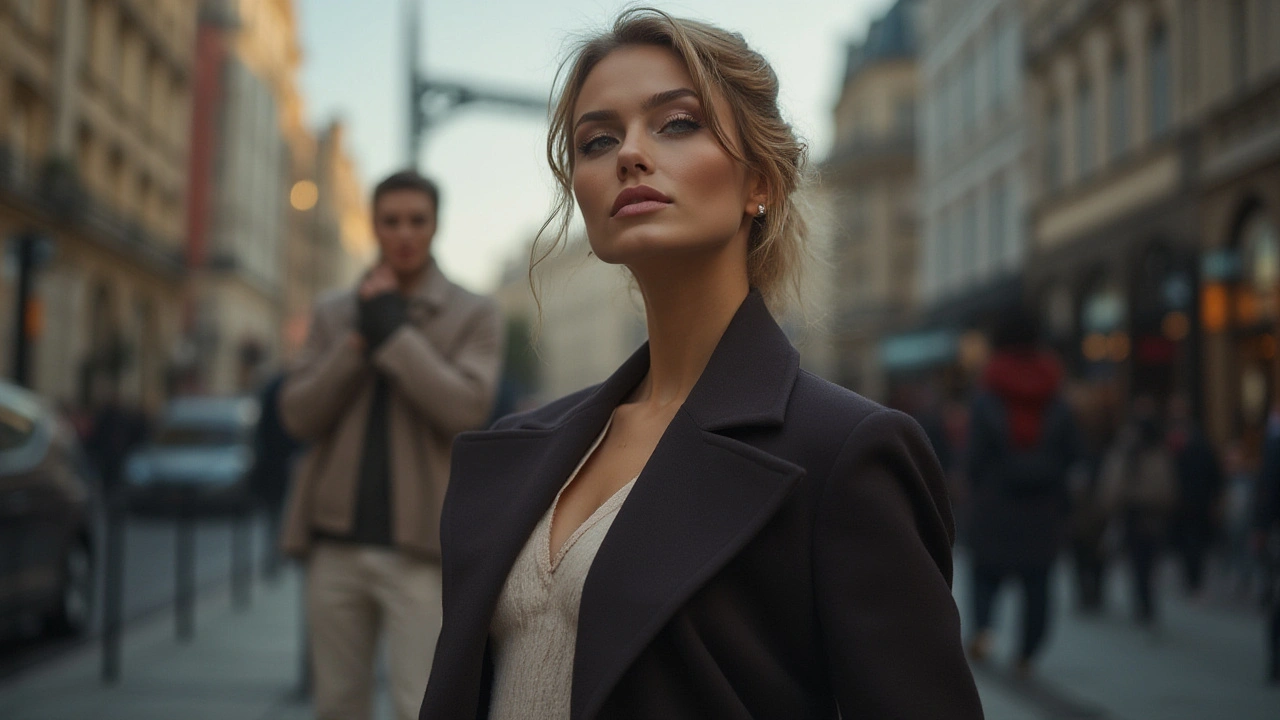
From Shutter to Screen: What Happens After the Shoot
Once the last photo is snapped, and the team packs up the lighting and props, you’d think it’s all done. Far from it. The post-shoot process is a beast of its own. Photographers back up thousands of RAW files and pick out the best shots—sometimes with the art director or client hovering nearby, sometimes late at night with pizza and caffeine for company. Time is money here. For commercial projects or magazines, clients often want proofs within 24 to 48 hours.
Retouching comes next. Don’t believe anyone who says models never get Photoshopped. Common tweaks include evening out skin tone, erasing little blemishes, popping colors, and fixing things like flyaway hair or clothing wrinkles. A 2022 Adobe survey found the average fashion photo gets 7.5 tweaks before final approval. Sometimes, the digital artist goes all-out, rebuilding backgrounds or swapping out props digitally if something went wrong on-set.
The team reviews and debates which images tell the perfect story. Sometimes a model’s favorite shot gets cut for a technical reason. The best ones fit the client’s “visual language”—marketing speak for the style and vibe the brand wants. For big magazines, editors can kill even the prettiest photo if it clashes with layout colors or looks too similar to last year’s shoot. It’s part of the business.
As the process wraps, models eagerly wait to see which images emerge. When the final selects hit websites, campaigns, or glossy pages, family and friends (like my kids, Eamon and Alaric, who think I just hang out with beautiful people all day) get to see the shiny side. Models know every photo means hours of energy, patience, teamwork, and a whole mess of edits.
Ever wonder why models often say, “It takes a village?” They’re right. Every great shot comes from a crowd of passionate, fast-moving people, all sprinting toward the same goal: that single jaw-dropping image you can’t forget. And beneath every banner, billboard, or Instagram post, there’s a story of grit hiding behind the glam.
| Step | Time Spent (avg.) | Team Members | Notes |
|---|---|---|---|
| Preparation & Setup | 1-2 hrs | Stylist, MUA, Model, Assistants | Hair/makeup, wardrobe, schedule |
| Shoot (per look) | 1-2 hrs | Model, Photographer, Stylist | Posing, lighting, adjustments |
| Breaks/Transitions | 10-20 min | Everyone | Snacks, water, touch-ups |
| Photo Selection | 2-5 hrs | Photographer, Client | Reviewing, rating, debating |
| Editing & Retouching | 4-12 hrs | Retoucher, Photographer | Color, skin, background fixes |
So next time you see a stunning magazine spread, remember—it’s not just a beautiful model in nice lighting. It’s the end result of a process that’s equal parts creative insanity, stamina, teamwork, and love for the craft. That’s the real model photoshoot story, and it’s way more interesting than you’d ever guess.
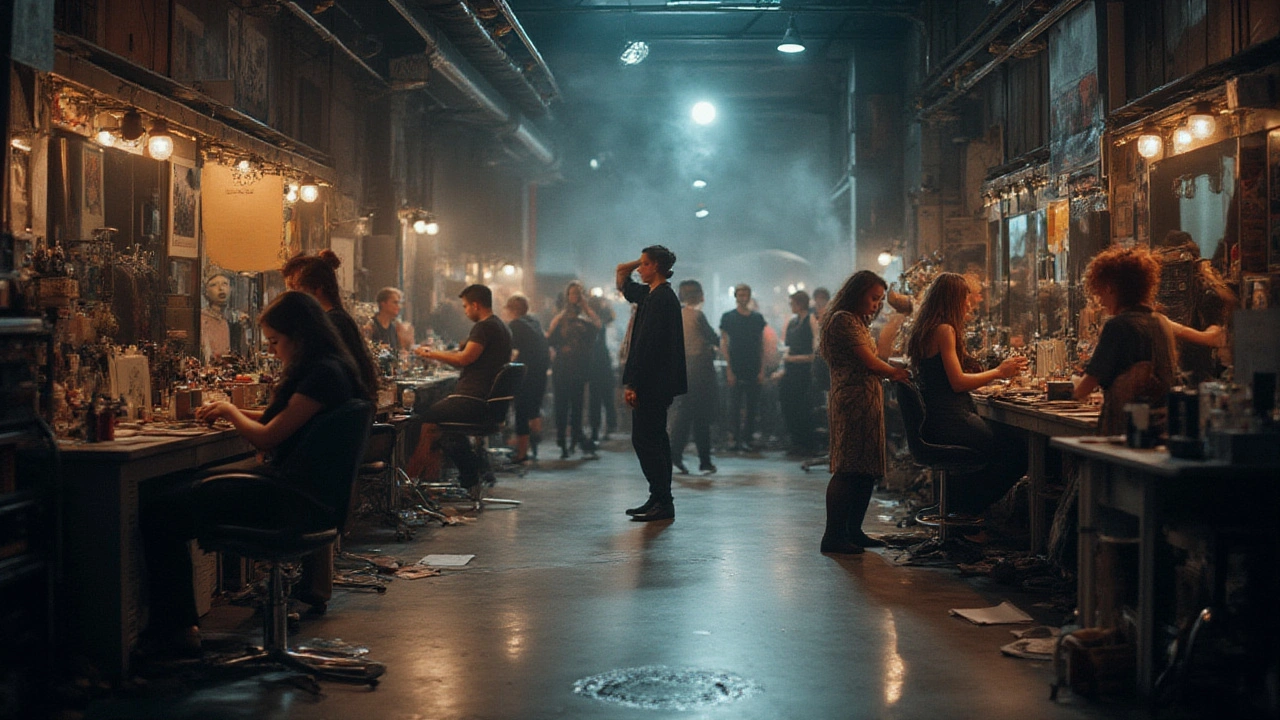
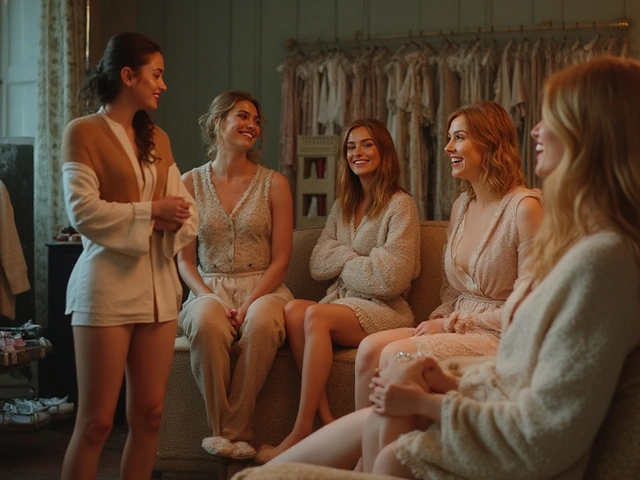
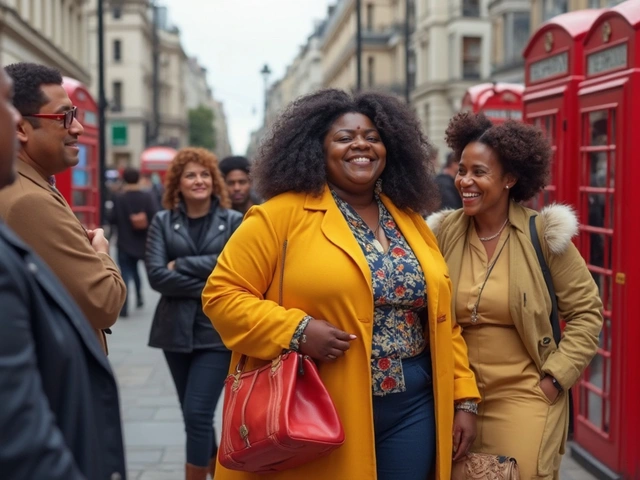
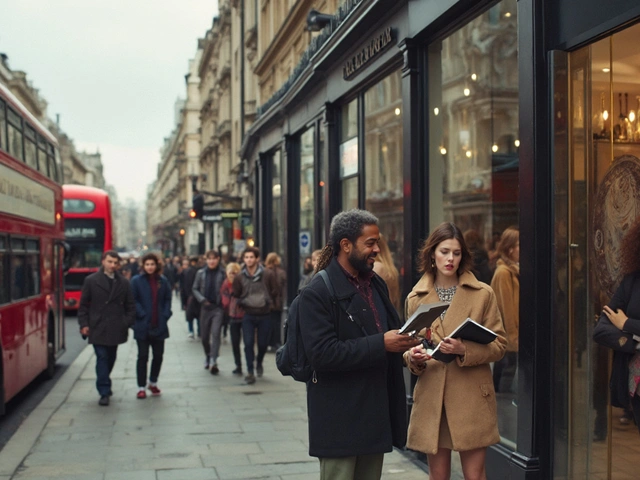
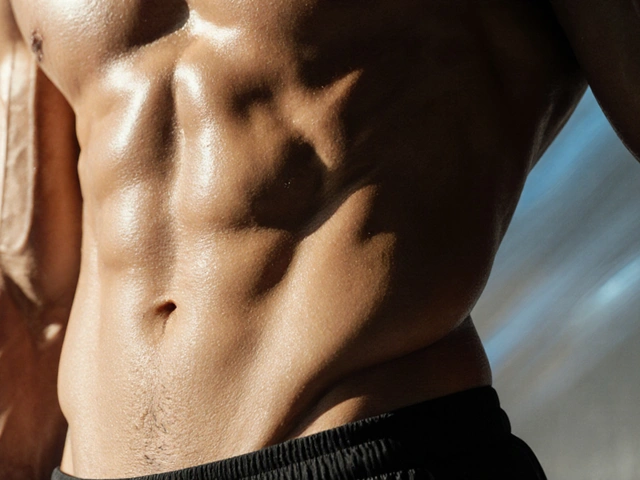


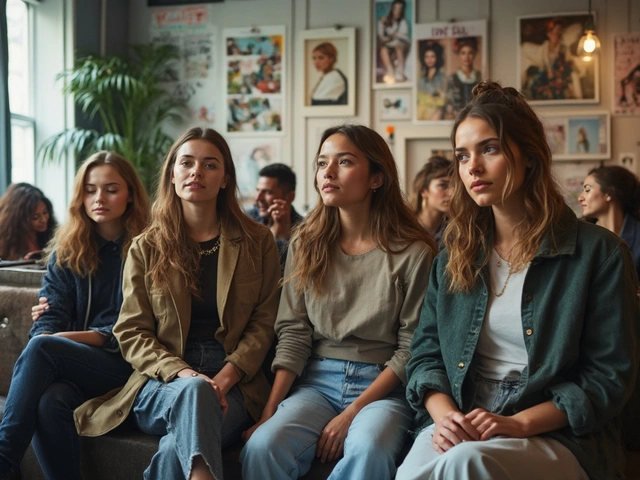
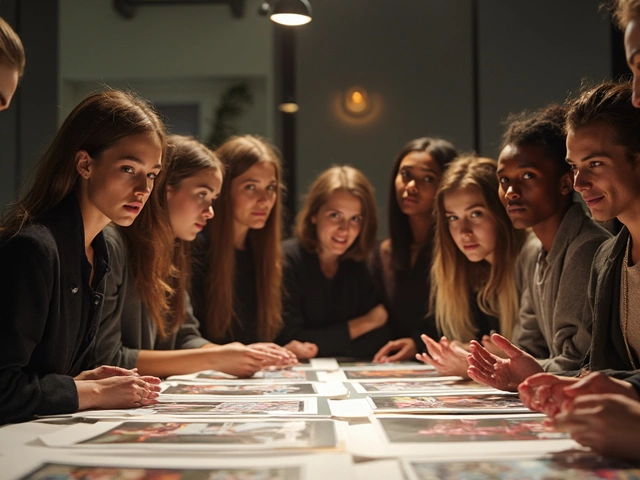
July 29, 2025 AT 15:00
Andre Möller
I've never really thought about the behind-the-scenes of model photoshoots before reading this. It's wild to imagine how much chaos goes down while everything looks so polished in the final shots. The nerves must be something else, especially when you have so many people scrutinizing every little detail.
Also, I bet the tricks and secrets photographers use could fill an entire book. Like, the magic behind lighting setups or how models mentally prepare for the constant posing and changing. It's probably way more exhausting than it looks.
The post makes me appreciate the effort and coordination required. It's not just about standing pretty, but hours and hours of work coupled with high stakes to make that perfect shot.
Anyone here ever been part of a photoshoot or similar setup? Would love to hear some firsthand stories.
July 31, 2025 AT 22:33
Eddie Moss
Okay so, I gotta say, the way you describe the 'chaos' and 'secrets' really resonates. But lemme point out, it ain't just nerves, it's also about timing and knowing exactly when to capture that moment, u know?
Plus, I feel like people underestimate how much prep work goes into setting the scene - from makeup, to wardrobe, to even the location vibes. It’s a whole production. And the models? They gotta keep their energy up all day despite all this.
I mean, if ya think about it, this whole thing’s kinda like a live theater performance, but with way more camera clicks.
August 3, 2025 AT 06:07
Natasha Malundu
Honestly, the whole concept of glamorizing these photoshoots while glossing over the real stress and the superficiality involved just bugs me. We need to talk more about the emotional toll these settings have on individuals, especially models. The pressure to look flawless is intense, and that’s a heavy burden to carry.
Sure, tricks and tips are helpful, but let’s not lose sight of the impact on mental health. This industry fosters a lot of insecurity under the veil of perfection, which is sad if you really think about it.
It’s crucial to recognize and address these issues rather than just admire the 'glam'.
August 5, 2025 AT 13:40
Tyler Crimp
This post really gives an eye-opening peek into the often unseen realities of photoshoots. I think the mix of nerves and camaraderie among the crew must be pretty intense but also rewarding. It takes a lot of teamwork to pull off something that appears effortless and beautiful.
I also appreciate that it mentions the ‘real’ life on set - it’s not always sunshine and perfect poses. The human element is so important, and it’s great to see that acknowledged.
Stories like these help break down the stereotype that the fashion world is just about vanity; there’s a lot of passion and skill involved.
August 7, 2025 AT 21:13
Madison Horst
I love that this post doesn’t shy away from the less glamorous parts of photoshoots. It’s so easy to just see the final image and forget about all the effort, the quick changes, and the subtle nervous energy floating around. The little details like lighting tricks and model prep make such a huge difference.
I always wonder how models keep their focus and positivity going through long hours though. Does anyone know if they have special routines or coping mechanisms?
Really keen to learn more about the actual work behind these stunning visuals.
August 10, 2025 AT 04:47
Frank Naessens
It’s refreshing to see a post that pulls back the curtain on what really happens during a model photoshoot. These things are often romanticized, but the truth is there’s tons of hustle and even chaos behind that flawless look.
I appreciate how you highlighted the 'secrets' and 'tricks' because those little things made all the difference in what ends up on camera. It’s an intricate craft that takes precision and experience.
It makes me think twice about how much work goes on that we usually don’t see. Great share!
August 12, 2025 AT 12:20
Patricia Estera Esquejo
This post totally lays bare the chaotic reality folks usually ignore while drooling over these perfect images. The raw nerves, the unexpected drama, the frantic pace—it’s like a whirlwind that’s hidden behind that glamorous facade.
It’s also a reminder of how much pressure models face just to maintain this illusion of perfection. It’s draining and deserves more empathy.
So glad this kind of real talk is happening. We need to normalize the less polished truth more often. Keeps us grounded, ya know?
August 14, 2025 AT 19:53
julia costa
Honestly, i never cared much for behind the scenes stuff but this post makes me think twice. the ‘nerves’ and ‘secrets’ sound like drama but maybe thats what keeps it interesting.
edit: also, props to the models because standing still and smiling all day doesnt sound easy at all even if its their job.
Would be cool if more ppl shared real stories rather than just pretty pics.
August 17, 2025 AT 03:27
Clay Hamilton
Look, if we’re being honest here, the world of model photoshoots is a bit overrated in terms of glamour. Sure there’s a lot of chaos and nerves, but at the end of the day, it’s a business where everyone’s just trying to make a buck.
People romanticize it too much. The ‘secrets’ and ‘tricks’ are just part of the usual hustle that every industry has. Nothing special or mysterious, just marketing and presentation.
So while it’s interesting, let’s not pretend this isn’t just work like any other demanding job.
August 19, 2025 AT 11:00
Paul Eric
Honestly, i think the whole photoshoot thing is just a lot of fluff. Yeah, its busy and crazy but at its core its just people taking lots of pictures. no magic or secrets or anything.
maybe the models get nervous but isnt that how everyone feels when they have to perform or be in front of others?
dont get me wrong, it might be cool to see behind the scenes but in the end its not some mystical art or whatever people make it out to be.